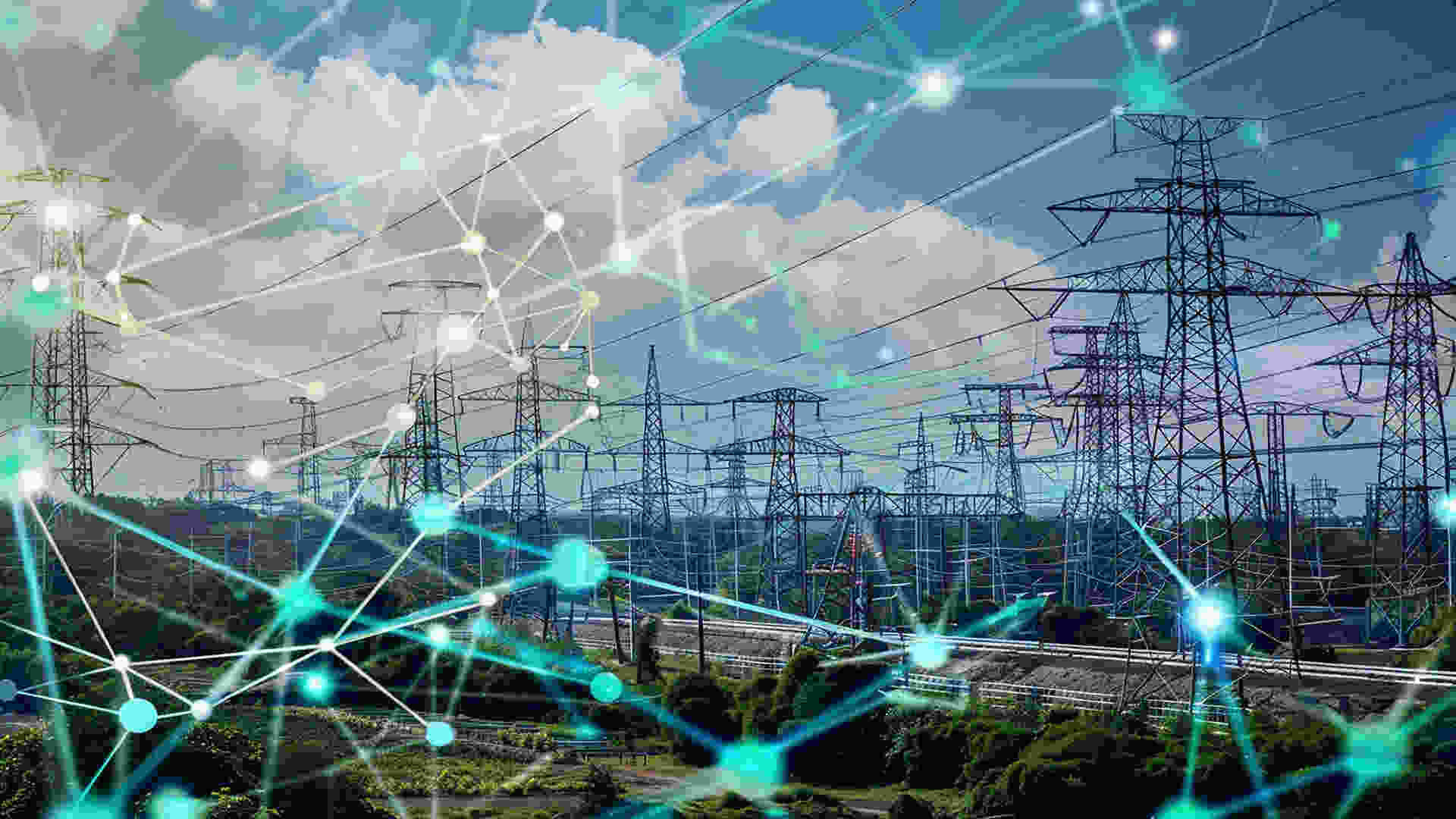Indian utilities urgently need a true data warehouse, an integrated data fabric, to unlock operational gains and prepare for the AI revolution, especially generative AI. The legacy stack of HES, MDM, and application-specific systems leaves the sector fragmented, with poor data interoperability, vendor lock-in, and zero readiness for the future of intelligent grid management, analytics, and consumer engagement.
Why Data Warehousing Is Foundational
Utilities operate in a data-rich environment: millions of smart meters, thousands of sensors, billing systems, outage logs, and consumer engagement platforms all generate vital data streams. Acting as an essential backbone, data warehouse unifies disparate sources into a single, accessible repository. This centralization enables advanced analytics, machine learning, and cross-functional insights, making it possible to optimize grid operations, reduce losses, personalize consumer experiences, and forecast energy demand with precision.
India’s utilities are not leveraging the transformational potential of their data because their current systems store data in isolated silos. Each utility typically runs proprietary HES and MDM platforms that act as the ‘data layer’—but only for their own use case. Billing engines, customer portals, outage analytics, and regulatory reporting are all fed data from legacy MDMs. This means innovation is tightly constrained by the limits of those legacy platforms, and each upgrade or new feature is dependent on the vendor’s roadmap—not the utility’s needs.
What’s Broken in the Current Indian Stack
India’s adoption of smart meters and digital systems (especially through national initiatives such as Revamped Distribution Sector Scheme) has brought in HES for meter control, MDM for storage and validation, and a host of disconnected platforms: billing, consumer apps, reporting, visualization. Key problems include:
- Data Silos: Each system manages its own dataset, restricting end-to-end analytics and stifling cross-departmental collaboration.
- Vendor Lock-In: HES and MDM vendors usually bundle their own analytics, billing tools, and data layers—utilities cannot freely integrate new AI apps or open-source innovation unless the vendor allows.
- Limited Real-Time Data: Most MDM stacks are batch-oriented and built on legacy standards, making it hard to support real-time analytics or rapid anomaly detection, both critical for grid resilience.
- Hard-Coded Application Logic: Billing, reporting, and consumer engagement platforms are built on the MDM’s data output. If the MDM is outdated or inflexible, every downstream application suffers.
- Interoperability Gaps: Different Indian DISCOMs run incompatible stacks, precluding national benchmarking, grid-wide AI deployment, and learning across regions. There is no standard protocol for data exchange between HES, MDM, and applications.
The Generative AI and Data Fabric Imperative
The AI revolution sweeping global utilities depends on access to unified, high-quality, and interoperable datasets. Generative AI systems—large language models, predictive digital twins, automated outage management, personalized consumer engagement—cannot function with fragmented or vendor-controlled data. The data warehouse is the foundation that lets AI systems "see" the grid as a whole, spot patterns faster, and recommend optimal actions.
- Generative AI applications require broad access to historical, real-time, and unstructured data: consumption records, outage history, work orders, geospatial grid maps. Legacy MDMs and HES systems are not designed for this high-fidelity data integration.
- Without an independent data warehouse, utilities cannot build their own recommendation engines, dynamic load forecasting tools, or predictive maintenance algorithms—all must rely on whatever is bundled with their stack.
- Modern data warehousing—an interoperable data fabric—enables plug-and-play AI, data sharing across utilities, and democratized access for startups, researchers, and policymakers. This is the only way Indian utilities can leapfrog to truly intelligent grid management.
The Vision for Transformation: India Energy Stack
Recognizing this gap, the Ministry of Power and leading DISCOMs are piloting the India Energy Stack (IES), a Digital Public Infrastructure designed to unify the digital backbone of all power providers. The IES will provide:
- Core digital registries for assets, consumers, meters, and transactions.
- Standardized APIs and protocols for real-time, consent-based data sharing.
- An open data exchange layer enabling analytics, workflow automation, and secure integration across utilities.[3][2][1]
- Application platforms (Utility Intelligence Platform, UIP) for dashboarding, AI-driven forecasting, consumer engagement, and grid optimization—powered by the unified data warehouse.
IES is inspired by Aadhaar and UPI—public data utilities that transformed identity and payments. A plug-and-play digital fabric, rolled out across utilities and states, will fuel innovation, interoperability, and market access. In practical terms, this means every billing engine, customer portal, and outage dashboard will be powered by the warehouse, not a legacy MDM or vendor stack.
What Utilities Should Do Now
- Break Free From Silos: Begin building a centralized, scalable data warehouse that ingests, harmonizes, and manages all operational datasets from legacy platforms, smart meters, IoT devices, and consumer interfaces.
- Promote Interoperability: Demand open data standards and APIs from technology service providers, prioritizing long-term flexibility over short-term convenience.
- Think AI-First: Architect new systems and upgrades to support generative AI use cases: automated outage alerts, predictive demand reports, personalized consumer insights, dynamic billing, and decentralized energy trading.
- Advocate for National Data Fabric: Support sector-wide initiatives like the India Energy Stack, so that innovation can flourish on top of a shared digital backbone, much as fintech thrived after UPI.
Conclusion
The AI revolution is not about better apps; it’s about better data. For Indian utilities, the way forward is clear: abandon legacy vendor-controlled stacks as the heart of the data layer, and build a modern, interoperable data warehouse and digital fabric. Only then can utilities embrace generative AI, optimize grid performance, empower consumers, and meet net zero ambitions as part of a truly digital India.












